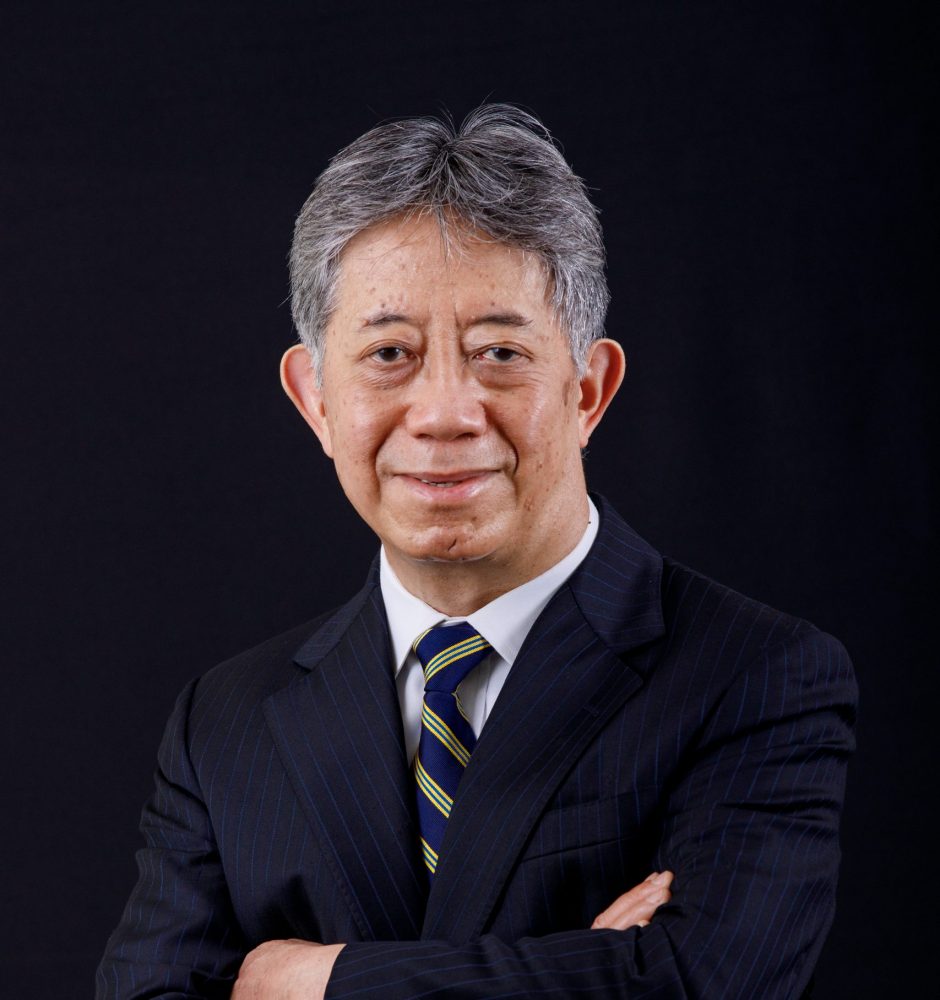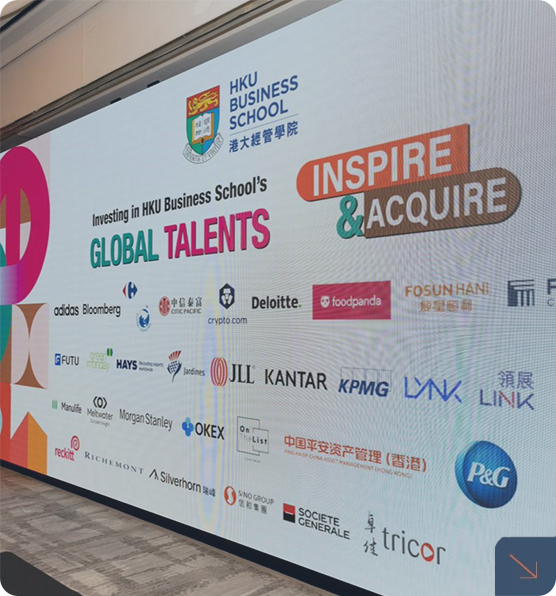Entering the last quarter of 2025, the rekindling of the China-US trade war dispelled the atmosphere of truce in the wake of four rounds of bilateral trade talks. The current focus of the global economy is on potential talks and possible agreement between the Chinese and US leaders at the Asia-Pacific Economic Cooperation (APEC) meeting, scheduled for the end of this month in Gyeongju, South Korea.

On 7 December 1941, at 7.55 a.m. Hawaiian time, Japan launched a surprise attack on the American naval base at Pearl Harbour, prompting the UK and the US to declare war on Japan and leading to the outbreak of the Pacific War. Subsequent to the invasion of China, Imperial Japan methodically escalated the war across the Asia-Pacific, pillaging resources throughout the region to achieve its objective of “sustaining war with war”.
After several rounds of back-and-forth and maximum pressure, Donald Trump’s One Big Beautiful Bill Act (OBBBA) was narrowly passed by both US Houses of Congress last week, making it possible for him to sign the Act into law on Independence Day as he intended.
To the surprise of most, consensus was readily reached on a truce at the recent tariff talks between China and the US in Geneva. For the time being, tariff rates have reverted to the levels prior to the so-called “Liberation Day”, though the international landscape can hardly return to its previous state. The US president Donald Trump has been manipulating “negotiation tactics”, with the asking price constantly fluctuating―now high, now low; now real, now fake.
On “Liberation Day”, US President Donald Trump announced a sweeping plan to impose reciprocal tariffs—taxes that exceeded market expectations and triggered immediate shocks across financial markets. According to Yale’s Budget Lab, these tariffs could raise short-term inflation in the US by 2.3%, reduce household spending by an average of US$3,800, and lower the country’s 2025 GDP growth rate by 0.9%.
Since Trump took office for a second time, a flurry of policies has emerged, implemented with remarkable speed and decisiveness. In just over a month, the changes have been more significant than those made by any newly appointed head of state, leaving many astonished.
Donald Trump is set to return as President of the United States, ushering in the era of Trump 2.0. His new agenda focuses on tax cuts, reducing trade deficits, and limiting immigration. Trump aims to maintain low tax rates and has proposed a revamped tax structure in his "2025 Plan," which could worsen income inequality. Dr. Luk noted that while Trump's tax policies may stimulate the economy, they could also increase national debt and impact social welfare spending, thereby challenging government operations.
Donald Trump is set to return as President of the United States, ushering in the era of Trump 2.0. His new agenda focuses on tax cuts, reducing trade deficits, and limiting immigration. Trump aims to maintain low tax rates and has proposed a revamped tax structure in his "2025 Plan," which could worsen income inequality. Dr. Luk noted that while Trump's tax policies may stimulate the economy, they could also increase national debt and impact social welfare spending, thereby challenging government operations.
With Trump’s recent victory in the U.S. presidential election, the new administration is set to appoint a fresh slate of department heads. However, the position of Federal Reserve Chair Jerome Powell will remain unchanged. Despite being Trump’s nominee, Powell has often found himself at odds with the President, particularly over interest rate hikes, which Trump has publicly criticized.





